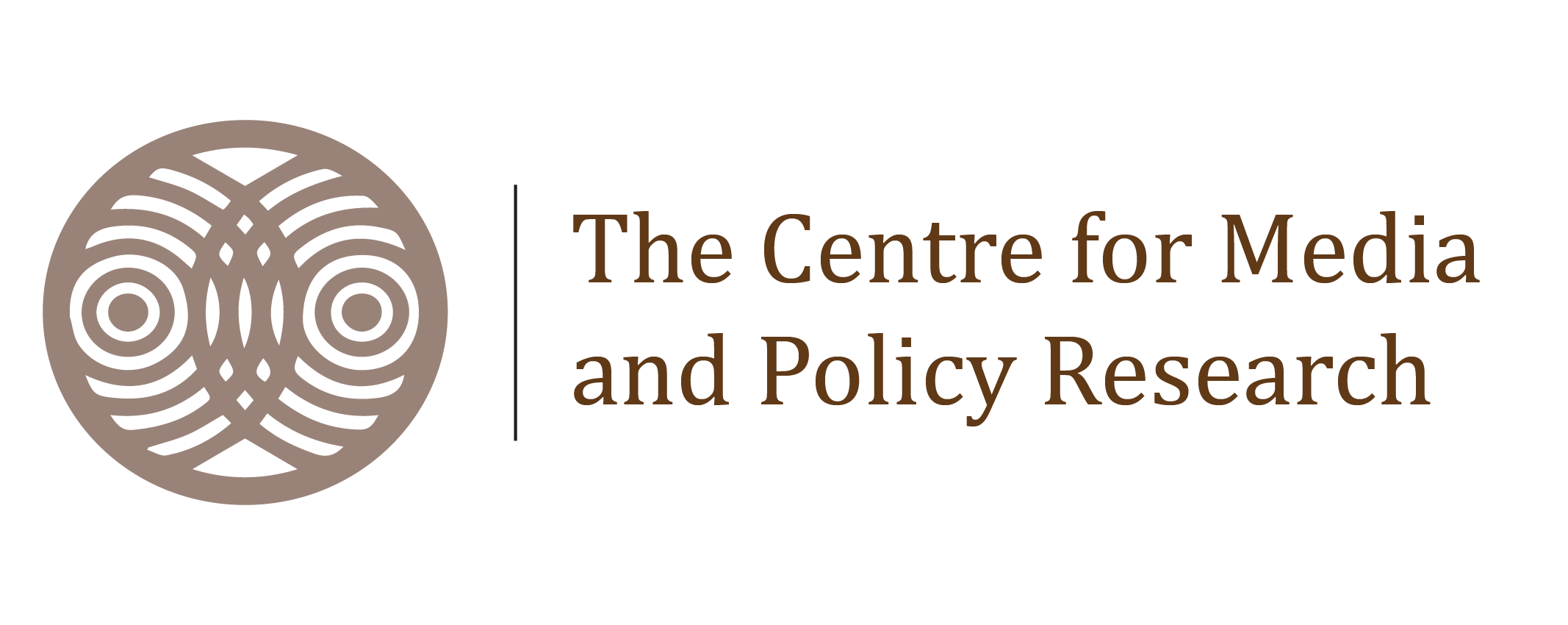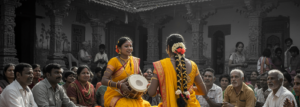
Introduction: The Evolution of Feminist Media in India
Feminist initiatives in India have evolved dramatically, challenging entrenched patriarchal norms and colonial constructs. From grassroots movements to leveraging the power of digital platforms, these efforts have redefined gender representation, public discourse, and activism. Campaigns like the Pink Chaddi Movement and #MeToo India have broken barriers, empowering women and highlighting the systemic injustices they face daily.
This article delves into the journey of feminist media in India, the impact of digital activism, key campaigns like #WhyLoiter, and the challenges that persist in today’s digital age.
The Early Years: Feminist Movements in India
In its early years, feminist media in India rebelled against patriarchal norms, redefining gender roles and societal expectations. Campaigns such as the Pink Chaddi Movement used humor and irreverence to challenge moral policing by groups like the Sri Ram Sena, advocating for women’s rights across political, economic, and sexual spheres.
A pivotal moment came with the 2012 Delhi gang rape protests, which unified demands for sexual autonomy with systemic justice. These protests bridged traditional feminist efforts with a new wave of activism, marking the rise of cyberfeminism—a movement that uses digital platforms to amplify voices and document everyday injustices.
Digital Activism: Redefining Feminism Online
Digital platforms have transformed feminist discourse in India, making it more accessible and impactful. Campaigns like #MeToo India and #WhyLoiter gave survivors a platform to narrate their experiences, breaking the silence around rape culture and sexism.
Key Digital Campaigns:
- #MeToo India:
- Empowered survivors to share their stories and demand accountability.
- Highlighted the universality of gender-based oppression while emphasizing culturally specific solutions.
- #WhyLoiter:
- Inspired by the book Why Loiter? Women and Risk on Mumbai Streets, this campaign encouraged women to reclaim public spaces unapologetically.
- Promoted the right to mobility, leisure, and visibility while challenging societal norms.
- Pinjra Tod:
- A movement against patriarchal restrictions in educational spaces, advocating for women’s autonomy in hostels and beyond.
- Addressed broader issues like labor rights, caste-based violence, and urban inequalities.
- Justice for Vemula:
- Focused on the institutional persecution of Dalit students.
- Showcased how digital platforms amplify marginalized voices and create counter-narratives.
Through these campaigns, digital feminism in India has reshaped activism, blending online strategies with real-world impact.
Challenges in Digital Feminism
While digital spaces have democratized feminist discourse, they also come with significant challenges:
- Online Harassment:
- Hate speech, threats, and gendered abuse create a hostile environment for women activists.
- Many are forced to self-censor or retreat from online spaces, exacerbating the digital divide.
- The “Paradox of Empowerment”:
- Digital activism oscillates between visibility and vulnerability. Campaigns like #WhyLoiter often cater to urban, middle-class women, ignoring the harsher realities faced by working-class and marginalized women.
- Reinforcing Hierarchies:
- Online platforms, despite their potential, often replicate offline hierarchies, limiting inclusivity in feminist discourse.
For example, while #WhyLoiter symbolically promotes risk-taking for women, its practical impact on less-privileged groups remains limited due to structural inequalities.
Redefining Feminist Narratives
A significant shift in feminist discourse is the move away from victimhood as the central narrative. Modern feminism in India now highlights resilience, agency, and complexity, breaking free from binaries like oppression vs. liberation.
Intersectional Feminism:
Movements such as Pinjra Tod and Justice for Vemula emphasize the interconnectedness of gender, caste, class, and systemic oppression. This holistic approach creates coalitions that address discrimination in all its forms, from economic disenfranchisement to social exclusion.
The Future of Feminist Activism in India
The future of feminist activism lies in merging digital strategies with real-world action. Campaigns like #WhyLoiter offer a blueprint for reshaping societal narratives and normalizing women’s joy, freedom, and autonomy in public spaces.
Key Takeaways:
- Digital activism must be inclusive, addressing the realities of marginalized groups.
- Intersectionality is crucial for tackling systemic oppression holistically.
- Campaigns should celebrate resilience and agency, moving beyond victim-centric narratives.
By focusing on these principles, feminist movements in India can continue to empower women and create meaningful societal change.
References
- Bicycle Without a Fish. (2015, May 12). A case for loitering: A case for freedom. Bicycle Without a Fish. Link
- Jain, S. (2020). The rising fourth wave: Feminist activism and digital platforms in India (ORF Issue Brief No. 384). Observer Research Foundation. Link
- Jha, S. (2014). Gathering online, loitering offline: Hashtag activism and the claim for public space by women in India through the #WhyLoiter campaign. Feminist Media Studies, 14(6), 1002-1020. DOI
- Kurian, A. (2017). Decolonizing the body: Theoretical imaginings on fourth wave feminism in India. In P. S. K. Dube & N. M. Manogaran (Eds.), New feminisms in South Asian social media, film, and literature (1st ed., pp. 85-105). Routledge.
- Narayanan, A. (2022). Women’s sexuality and modern India: In a rapture of distress. Oxford University Press.
Author: Aparna Verma
Read more…






